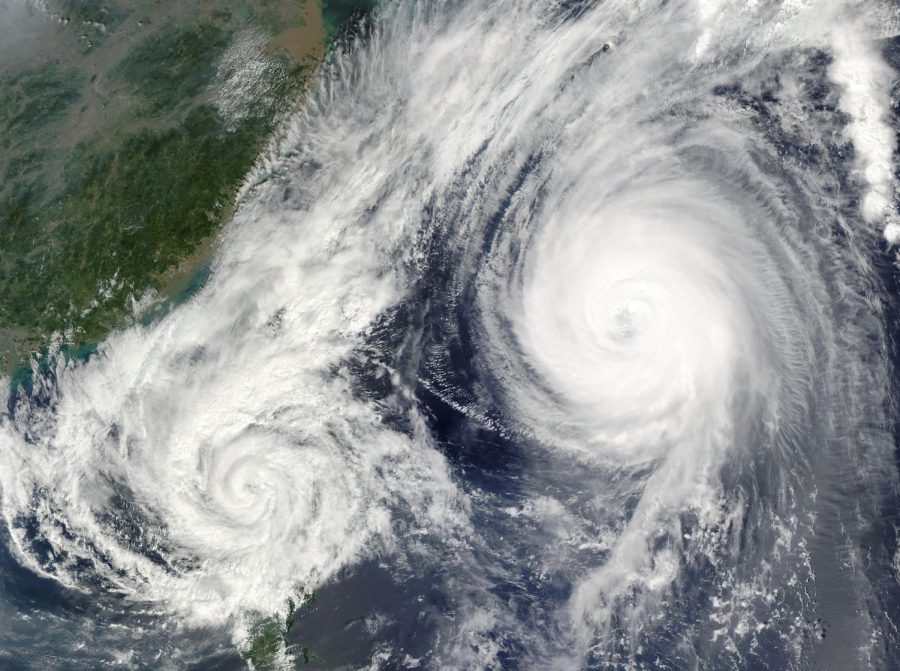Reducing Air Pollution Curiously Leads to More Hurricanes
Image by WikiImages from Pixabay
Less pollution does not bring all good news; it can bring the negative of more damaging storms.
Most people think that reducing air pollution, or any pollution for that matter, to be a good thing. It is indeed a beneficial act; however, there is an unexpected side effect of decreasing air pollution— more frequent and powerful hurricanes.
This is not the first time that changes in pollution levels have been linked to the activity of hurricanes. NOAA cyclone expert, Hiroyuki Murakami, is one of the first to investigate specific physical links between aerosols and hurricanes globally.
According to NASA, aerosols are microscopic solid or liquid particles that are trapped and suspended in gas. Aerosols or particulates can form from human activities and pollution such as burning fossil fuels in factories, power plants, or from vehicles. They can also be created from more natural sources such as from sea spray, particles blown by wind, and volcanic eruptions. This particulate matter has a large impact on the atmosphere. A NOAA article elaborated that aerosols can reflect sunlight directly back into space when there are very little clouds in the sky. This reflection blocks heat energy that would have reached Earth’s surface, which results in a cooling effect on the atmosphere.
With a push to reduce our carbon footprint globally, there have been some outcomes that science could not predict. In the North Atlantic, declining pollution levels had many effects: as the cooling influence of aerosols and particulate pollution fell away, temperatures rose. Warmer ocean water due to pollution reduction and global warming in general provides more fuel for hurricane formation and therefore more storms. The reduction of human-caused air pollution in the Northern Hemisphere has had about a 50% drop in concentration from 1980 to 2020. The warming of the Atlantic Ocean is also a key factor to a 33% increase in the number of hurricanes during a 40 year period.
However, unlike in the Atlantic, Asia and areas of the Western North Pacific have seen a 40% increase in the concentration of particulate air pollution has contributed to a 14% decrease in tropical cyclones in the western north pacific. This has caused the weakening of regions of Asia’s monsoon winds.
Murakami’s study also states that hurricane frequency decreased in some parts of the Southern Hemisphere, such as around Australia. Declining air pollution in the Atlantic region may have affected a large global atmospheric wind pattern, so that it ended up restricting hurricane formation in the Southern Hemisphere.
Despite all the seemingly negative results, this data does not suggest reducing pollution is negative; in fact, a lesser concentration of air pollution brings many health benefits, protects environments, and reduces deaths due to poor air quality. Many human activities can have many unintended side effects like with hurricanes and pollution, and affected communities should be prepared to manage them.

Sam Stokem is a senior at LRHS and is writing for the Lancer Ledger for their third year in a row. They are glad to continue to inform people about the...







